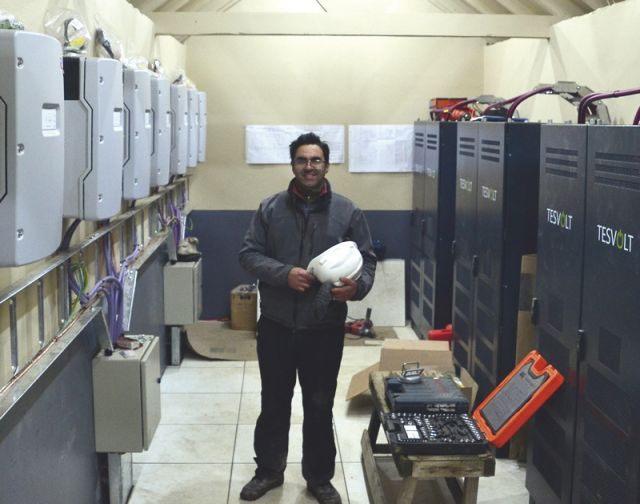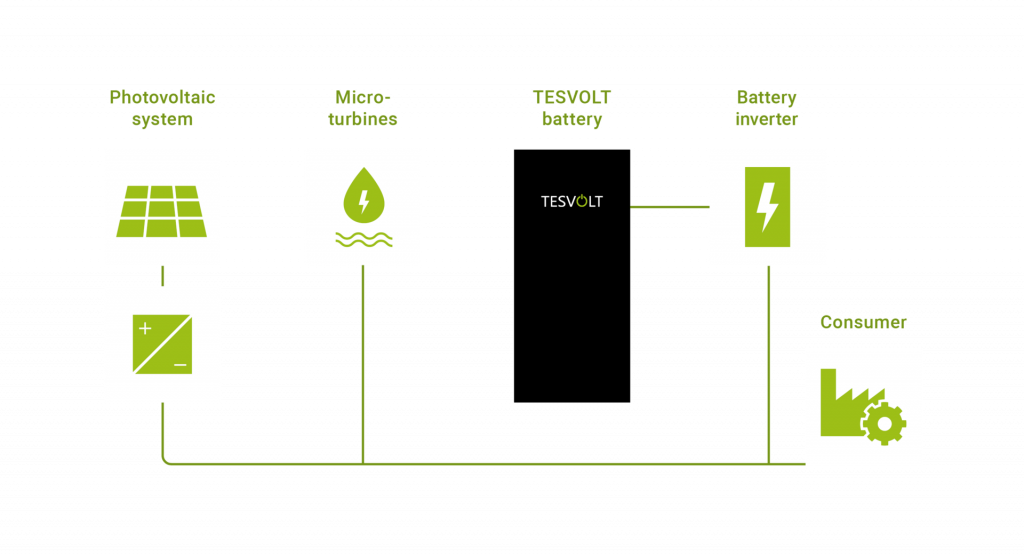The aim is for tourists in Patagonia Park to experience Patagonia’s natural landscape while travelling as sustainably as possible. This is made possible by the sustainable “Estancia Valle Chacabuco” lodge, with a restaurant, campsites, walking trails, a visitor centre and a museum. However, the national park is a long way from civilisation and therefore far from the closest utility grid.
The power requirements of the park’s facilities have to date been provided by diesel generators – an expensive and environmentally damaging solution. But diesel generators don’t just use expensive fossil fuels – they are also disadvantageous as the start-up times mean they often have to run for a longer period than that for which the electricity is required. As a result they often operate at low efficiency levels.
As Patagonian rivers are massively swollen by heavy rainfall and snowmelt from the Andes during winter and spring, it made sense to use hydropower. To this end, the park features two micro-turbines for a total
of 35 kW with AC connection to convert the power of the water into electricity. In summer, however, the rivers run dry, so the power of the sun has to be harnessed instead. An 80 kWp photovoltaic system was therefore installed in the project. Excess electricity needs to be stored temporarily in a battery storage system.
Requirements for a storage solution:
- High storability with many guaranteed cycles for sustainable provision
- Uncomplicated installation and synergy with the water turbines and photovoltaic system in the microgrid


 German
German Italian
Italian Dutch
Dutch


 by
by